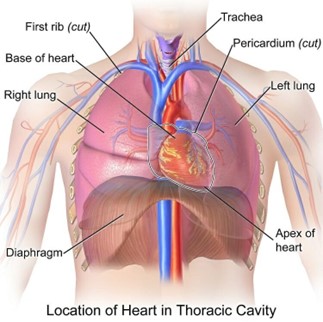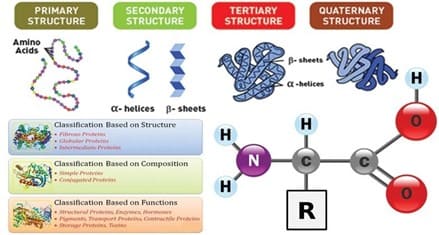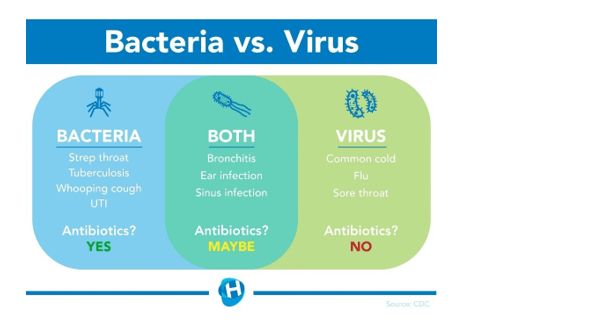Experiments cannot validate hypotheses, only falsify them. The statement above can be restated in which of the following ways?
A. a. Until disproved, an explanation for an observation is valid.
B. b. Certain concepts cannot be subjected to direct experimentation.
C. c. A hypothesis that has not been falsified remains provisional.
D. d. Proving a hypothesis exempts it from further testing
The statement "Experiments cannot validate hypotheses, only falsify them" can be restated as "A hypothesis that has not been falsified remains provisional." This means that a hypothesis is considered valid until it is disproved by experimental evidence. However, even if a hypothesis has not been falsified, it is still considered provisional and subject to further testing and scrutiny.
a."Until disproved, an explanation for an observation is valid" is similar to the correct answer but does not capture the provisional nature of a hypothesis.
b."Certain concepts cannot be subjected to direct experimentation" is not a restatement of the original statement.
d. "Proving a hypothesis exempts it from further testing" is incorrect because no hypothesis can be definitively proven and all hypotheses are subject to further testing and scrutiny.
Therefore, the Correct Answer is C.





